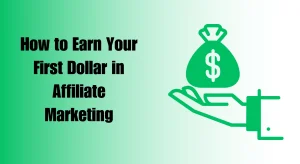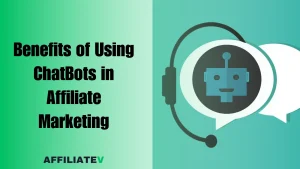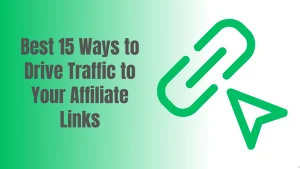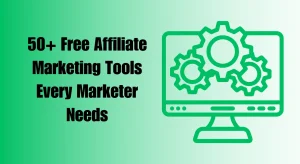Is affiliate marketing a pyramid scheme or a legit way to earn online? This guide breaks down the facts, clears up the confusion, and shows how real affiliate income works.
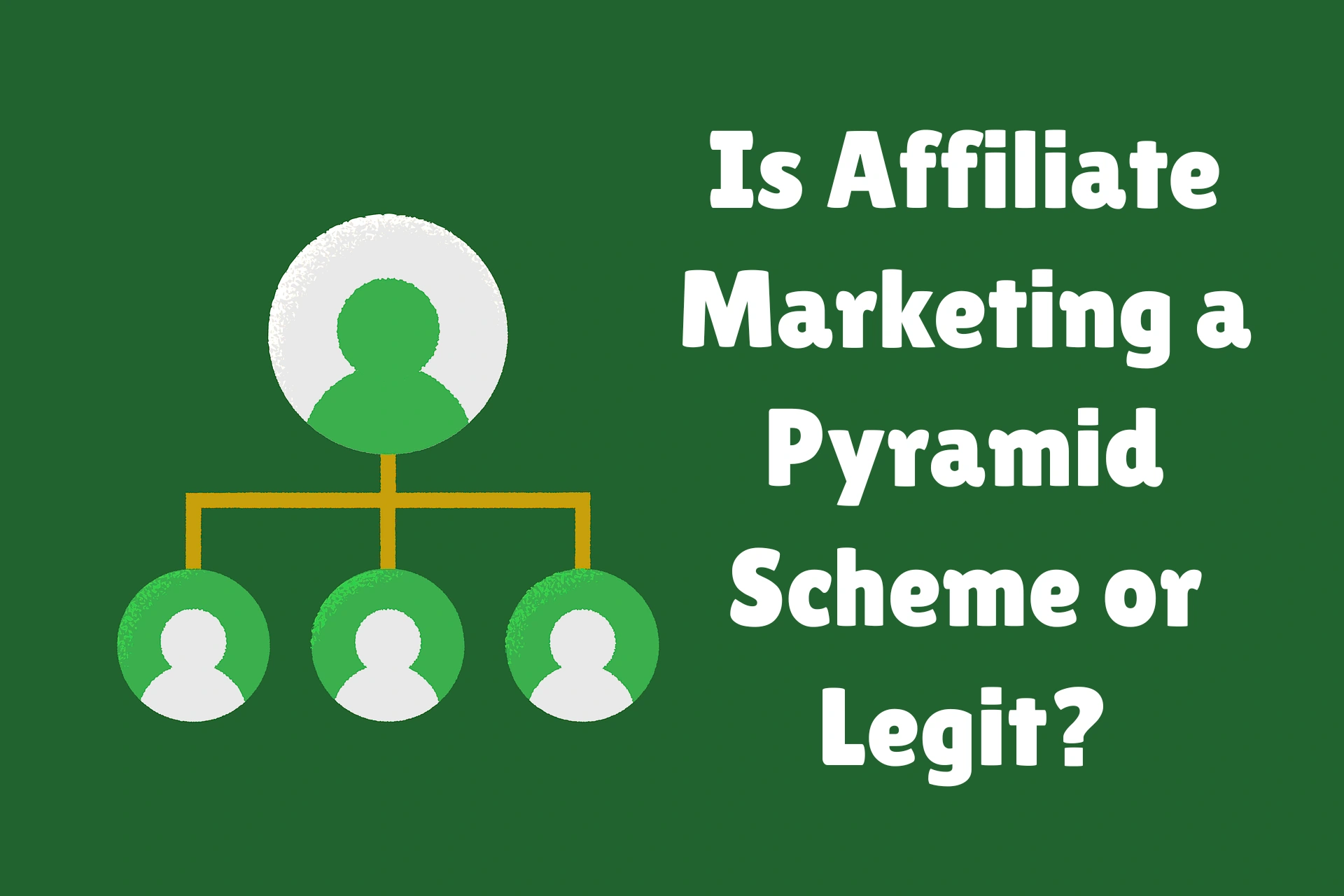
Some people still ask, is affiliate marketing just a pyramid scheme in disguise? I get it. I used to wonder the same.
Back when I was trying to figure out how to make money online, I fell for all the wrong things. I joined two so-called “programs” that promised fast income just for referring people. They called it passive income.
But here’s what actually happened—I lost money, wasted months of effort, and ended up frustrated. It wasn’t affiliate marketing. It was just a pyramid scheme wrapped in slick words.
So when I first heard about affiliate marketing, I was skeptical. It sounded too much like the other stuff I’d already burned my fingers on. But something was different this time. No forced upgrades. No pushing people to sign up. Just real products, promoted on my own terms.
That’s when things finally came together.
After six years in the trenches, here’s the real story. I’m breaking it all down in this post: what affiliate marketing actually is, how it compares to pyramid schemes, the red flags to watch out for, and how people are using it to earn real income today—without scamming anyone.
Let’s clear the confusion once and for all.
📌Key Takeaways
- Affiliate marketing is not a pyramid scheme, it’s commission-based sales.
- Pyramid schemes focus on recruitment, not real products.
- Some shady programs pretend to be affiliate models—watch out.
- Real affiliate programs are upfront, legal, and product-driven.
- You don’t need to recruit anyone to earn with affiliate marketing.
- Success comes from building trust, creating value, and growing an audience.
- Always research a program before signing up. If it sounds off, it probably is.
- Affiliate marketing takes effort, but it can be a real income stream.
What Is Affiliate Marketing and How Does It Work?
Affiliate marketing is simple. You promote a product. Someone clicks your link. They buy. You earn a commission. That’s it.
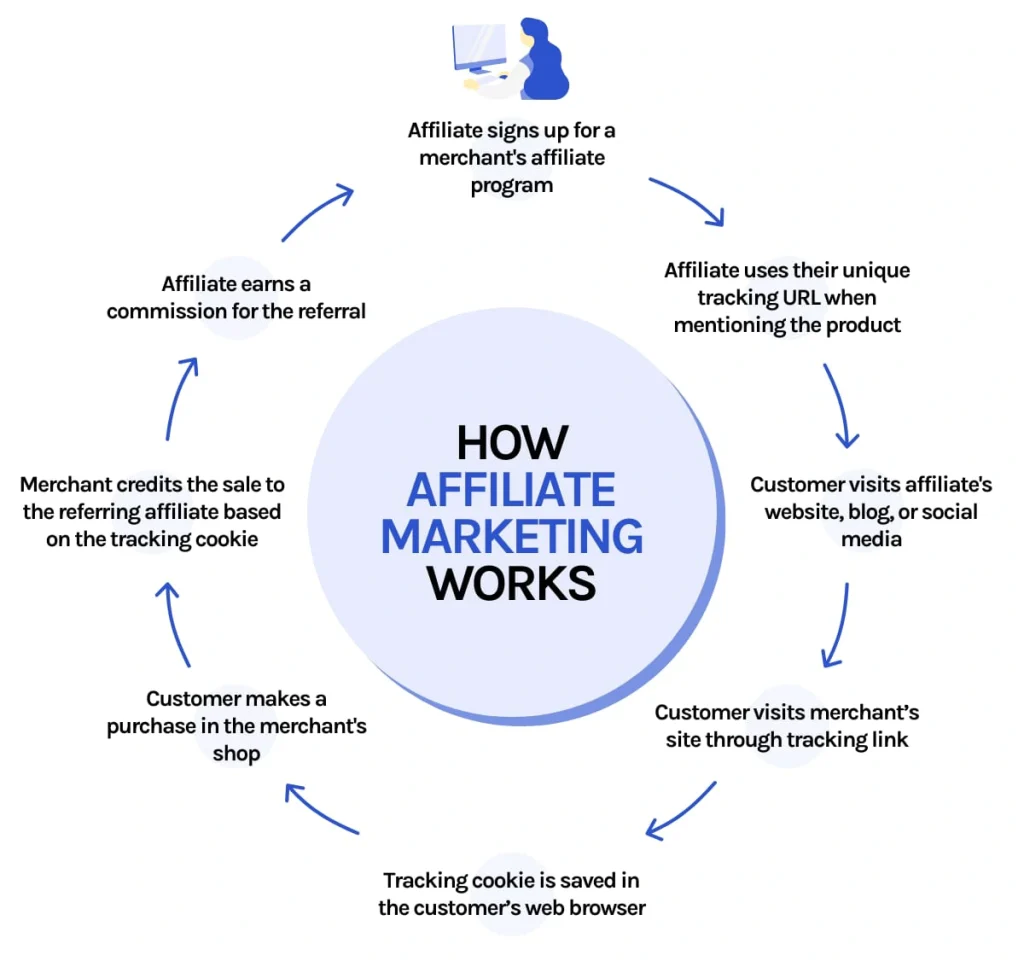
No recruiting. No team-building. No complicated structure. You’re not making money off people signing up under you. You’re making money from actual product sales. That’s the key difference.
You can promote physical products on Amazon, digital courses on ClickBank, services through CJ Affiliate, or SaaS tools from Impact. There’s no shortage of options—you just pick offers that match your audience and content.
If you’re still not clear on how it works step-by-step, I broke it all down in a full post here: What is Affiliate Marketing and How Does it Work?. It explains how to get started, how tracking works, and how commissions are paid. Definitely give that a read if you’re brand new.
This isn’t some secret club. It’s just online sales with modern tools. And when you do it right, you’re building real income by offering real value.
You can also check out this wonderful article: How to Earn Your First Dollar in Affiliate Marketing
Is Affiliate Marketing a Pyramid Scheme?
Let’s tackle this head-on. No, affiliate marketing is not a pyramid scheme. But I understand why people ask.
Here’s the short version:
- In affiliate marketing, you get paid when someone buys a product through your link.
- In a pyramid scheme, you get paid for recruiting people, not for selling anything real.
Pyramid schemes often hide behind flashy promises and fake “products.” But the money moves up the chain through recruitment, not value. That’s why they’re illegal in most countries.
Affiliate marketing doesn’t work that way. You don’t earn by bringing people in. You earn by promoting something useful—like software, a course, or a physical product—and getting paid a small cut when someone buys it.
Let’s break it down:
| Feature | Affiliate Marketing | Pyramid Scheme |
|---|---|---|
| Product-focused? | Yes – real products or services | Usually no – product is just a cover |
| Payment based on? | Sales or leads | Recruitment |
| Legal? | Yes – regulated and transparent | No – illegal in many countries |
| Recruitment required? | No | Yes |
| Sustainable model? | Yes – performance-based | No – collapses over time |
Affiliate marketing is legal, open, and used by major companies like Amazon, Bluehost, Shopify, and many more. You can check terms, see the commission rates, and track everything through dashboards. It’s all out in the open.
I also covered this from another angle in my post: Is Affiliate Marketing Legit? The Truth Behind the Business Model — it’s worth reading if you’re still unsure about what separates the real thing from scams.
Bottom line? If someone’s pitching you a system where you make money just by “bringing people in,” that’s not affiliate marketing. That’s something else—and you should walk away.
Why People Think Affiliate Marketing Is a Pyramid Scheme
A big part of the confusion comes from shady programs and fake gurus who hijack the term “affiliate marketing” to push scams.
You’ve seen them. The flashy videos. The “I made $10K in 7 days” screenshots. They hang out in Facebook groups, spam affiliate forums, and flood TikTok and YouTube with pitches that promise easy money—but only if you “upgrade” or “buy the full system.” That’s not affiliate marketing. That’s just manipulation dressed up in buzzwords.
They post things like this…
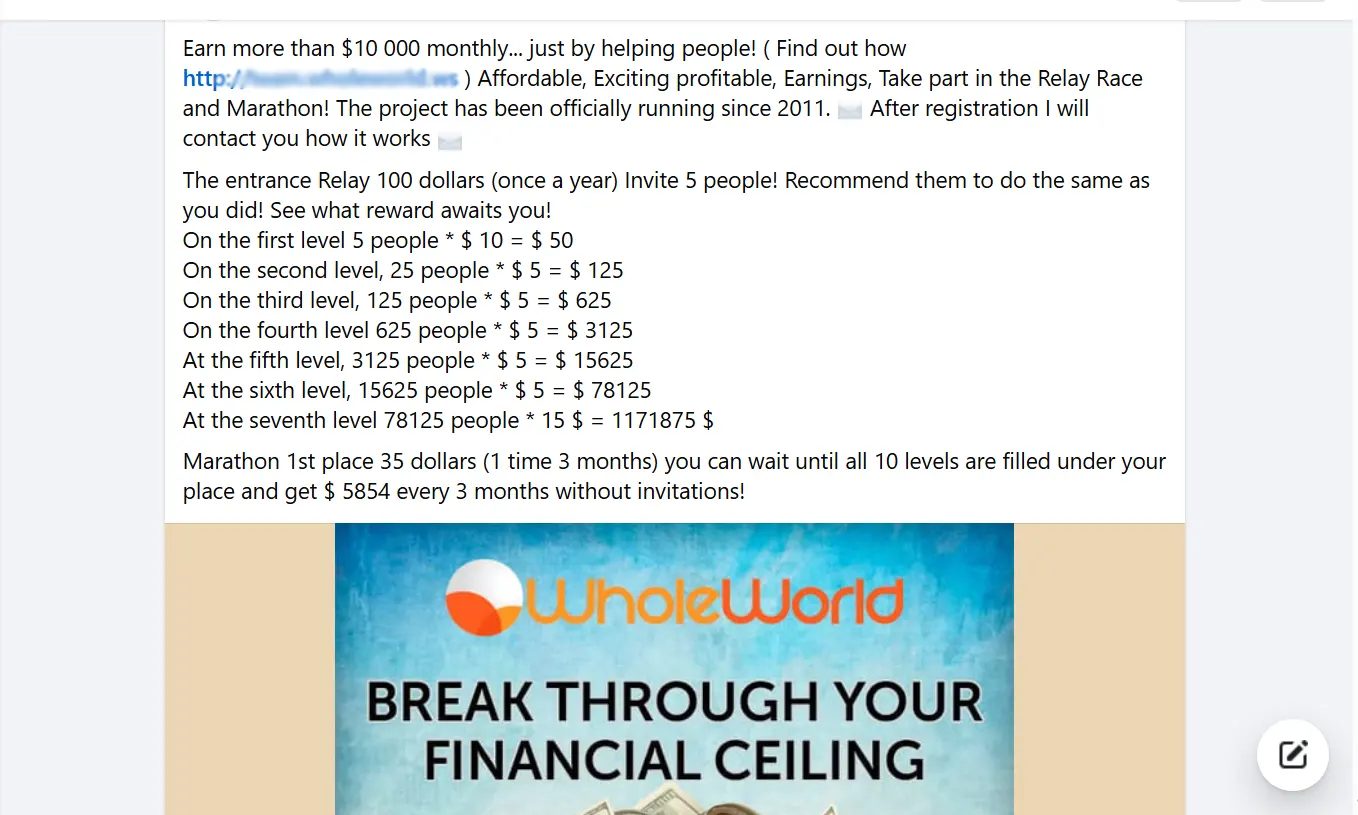
Some of these programs use forced upsells. You sign up thinking you’ll get the full strategy, then suddenly you’re hit with five extra offers before you can access anything useful.
Others are straight-up MLMs pretending to be affiliate systems—where you only earn by recruiting people into the same broken loop.
Let me tell you a quick story.
One of my clients reached out after joining a “high-ticket affiliate program” he saw in a Telegram group. He paid $997 just to access the dashboard. No product to promote, just a funnel telling others to join and pay the same fee.
He asked me, “Is this affiliate marketing?” I had to tell him the truth—no, it’s not. That’s a textbook pyramid setup.
Real affiliate marketing doesn’t require you to pay to promote something. You shouldn’t have to “unlock” income potential. And you definitely don’t get paid for adding people to a list.
The sad part? These fake gurus blend in. They join legit affiliate marketing groups, drop links, and post flashy wins. And people fall for it—because it looks like success.
That’s why people still ask if affiliate marketing is just a pyramid scheme. They’ve seen the worst of it online.
How to Tell the Difference Between Affiliate Marketing and a Scam
If you’re unsure what’s real and what’s shady, look for these red flags. Scams usually give themselves away once you know what to spot.
Here’s what to watch out for:
- High sign-up fees just to “join” the program
- No clear product or service being sold
- You earn by recruiting, not by making sales
- “Team-building bonuses” or levels for referrals
- No transparency on commissions, product info, or terms
Real affiliate marketing doesn’t work like that.
Legit programs don’t charge you to promote their stuff. They’re free to join, and you only earn when someone actually buys a product or takes a clear action (like signing up for a free trial).
Amazon Associates lets you promote any product on Amazon. You don’t need to recruit a soul.
CJ Affiliate works with big names like Lowe’s, GoPro, and Grammarly—again, no fee to join and no pyramid structure.
ClickBank offers thousands of digital products. You can sort by conversion rate, average payout, and niche. All tracked, all open.
Impact.com works with brands like Canva and Shopify. It’s transparent, clean, and performance-based.
If someone’s pushing a “done-for-you system” that only works if you bring others in… it’s not affiliate marketing. That’s a red flag.
Ask yourself: Is this about promoting real products to real buyers—or is this just about convincing more people to pay up?
That one question will save you from a lot of fake promises.
What Real Affiliate Marketers Actually Do to Make Money
Forget the hype. Real affiliate marketers aren’t sitting around waiting for “passive” income to magically appear. They’re doing the work—every day.
Here’s what it actually looks like:
- Writing content that solves real problems.
- Building traffic through blogs, YouTube, email, and social.
- Doing SEO—finding the right keywords, optimizing posts, and ranking on Google.
- Testing offers, comparing payouts, and tracking what converts.
- Creating value first, then recommending tools, products, or services with affiliate links.
Some use YouTube to review products or share tutorials. Others run niche blogs with helpful articles that include affiliate links naturally. Many influencers drop links in their Instagram Stories, TikTok bios, or Pinterest posts, often pairing them with stories, use cases, or demos.
Here’s a simple example:
- A blogger writing “10 Best Tools for Freelance Designers” links to Canva, Adobe, and hosting platforms. Each click and sign-up earns them a commission.
- A YouTuber shares a video on “How to Start a Podcast,” linking to mics, software, and hosting below. It’s helpful, honest, and monetized.
The best content focuses on helping—not selling. That’s what makes it work.
If you want a deeper look at what separates serious affiliates from the rest, check out this blog: What 85% of Successful Affiliates Do Differently (And How You Can Join Them). I break down the habits, tools, and strategies that actually move the needle.
Affiliate marketing isn’t about spamming links. It’s about building trust and offering solutions.
Affiliate Marketing Income: What’s Realistic?
Let’s keep it real. Affiliate marketing isn’t a get-rich-quick scheme. It takes time, consistency, and smart moves.
In the beginning, most people make $0 to a few bucks a month. That’s normal. You’re learning, building content, and trying to get traffic. But as things grow, so does your income.
According to a 2024 survey by Influencer Marketing Hub,
- Around 48% of affiliates earn under $20K/year,
- About 16% cross the $50K mark,
- And the top 1-5% earn six figures or more—but they’ve been at it for years and treat it like a real business.
I always tell new affiliates: focus on one niche, get clear on who you’re helping, and build your list from day one. The ones who scale big usually master:
- SEO for consistent Google traffic
- Email marketing to build trust and convert more leads
- Niche targeting so they’re not competing in broad markets
Once you have traffic and trust, you can scale fast with content upgrades, higher-paying affiliate programs, and even recurring offers.
If you’re curious about the numbers and commission structures, I broke it all down in this post:
How Much Commission Does an Affiliate Really Make?
The truth? You can absolutely make real money. Just don’t expect it overnight.
Final Thoughts: Don’t Fall for the Wrong Thing
Here’s the truth.
Affiliate marketing is not a pyramid scheme. It’s just digital sales—done right. You promote real products. You earn real commissions. No recruiting. No shady levels. No hype-filled chain schemes.
But like anything online, there are traps. Some look like affiliate marketing but are nothing more than slick scams. Don’t fall for the flashy cars, fake screenshots, and “easy money” hooks. That’s not how this works.
Do your research. Learn the real skills—SEO, content writing, list building, audience trust. That’s the path. Not shortcuts.
You’re building a real business here. One click, one post, one person at a time.
Take it seriously, and it’ll pay you like one.
Frequently Asked Questions
Is affiliate marketing illegal or a scam?
No, affiliate marketing is completely legal. It’s a performance-based business model where companies pay you a commission for referring customers who make a purchase. You don’t need to recruit anyone, and you’re not required to buy into anything. That’s what separates it from scams or shady models. Real brands like Amazon, ClickBank, and Impact use affiliate programs to drive sales. The problem is when scammers use the term “affiliate” to mask fake or unethical programs. The model itself is legit.
Do I have to recruit people to earn from affiliate marketing?
Not at all. Unlike MLMs or pyramid schemes, affiliate marketing doesn’t rely on recruitment. You don’t make money by signing up others. You make money by promoting products or services. If someone clicks your unique affiliate link and buys something, you earn a commission. That’s it. No building “teams” or downlines. Just focus on solving problems and offering real value through blogs, videos, or emails. That’s how real affiliate marketers earn online—by helping people, not recruiting them.
What makes a pyramid scheme different from affiliate marketing?
The big difference is what you’re getting paid for. In a pyramid scheme, your income depends on how many people you recruit. Usually, there’s no real product or the product is just a cover for the scheme. In affiliate marketing, you only earn when someone buys a product or signs up for a real service through your link. It’s sales-based, not recruitment-based. One is illegal in most countries. The other is used by thousands of legitimate companies to increase their reach.
Can affiliate marketing make real money?
Yes, it can—but it’s not fast or guaranteed. Many beginners think it’s passive income from day one, but the truth is it takes work. You need traffic, content, and trust. Some affiliates earn a few dollars a month. Others scale to six figures with blogs, YouTube channels, or email funnels. It depends on how much value you bring and how well you understand your audience. Like any business, it rewards consistency and smart strategy—not shortcuts or spammy tactics.
How do I know if a program is legit?
Legit affiliate programs are free to join, backed by real companies, and clearly explain how you earn. They don’t ask for large upfront fees or promise guaranteed income. Be cautious of any “affiliate” offer that focuses on recruiting others or pushing you to buy expensive courses before you can promote. Check the product, research the company, and read reviews. Trusted networks like CJ, Impact, and ShareASale only list verified programs. If it feels shady or too good to be true, walk away.

